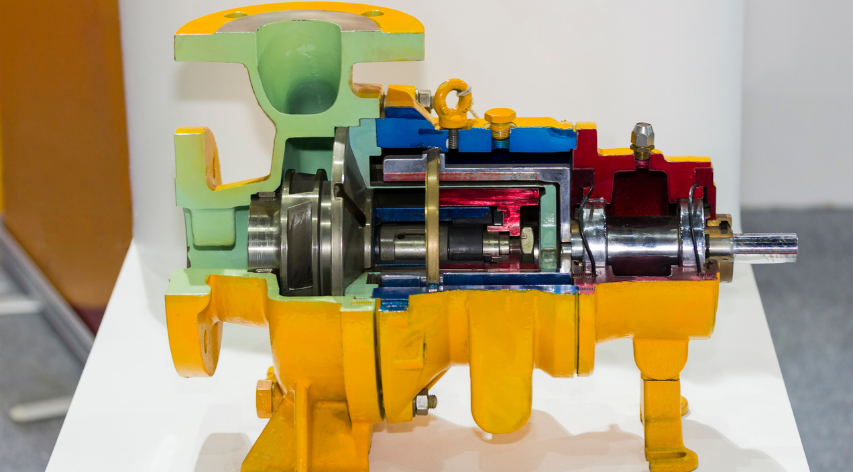When CCDs Go Stale: The Hidden Risk of Static Documentation

Corrosion Control Documents (CCDs) are a foundational element of a site’s mechanical integrity strategy. They capture the understanding of damage mechanisms related to materials of construction and operating conditions, providing insight into inspection strategies. But too often, once completed, these documents are left on the digital shelf. Over time, CCDs can become static reference files rather than living documents, slowly drifting out of alignment with real-world conditions. The result is a slow departure from reality – not because the CCD was flawed from the start, but because it was never properly maintained as the plant changed over time.
The tendency for CCDs to become outdated is most often rooted in organizational habits. Management of Change (MOC) programs are implemented, unit operating conditions shift, or turnaround findings reveal new insights, but CCD updates are often treated as a “nice-to-have” rather than a mandatory update. This disconnect undermines related programs like Risk-Based Inspection (RBI) and Integrity Operating Windows (IOWs), which rely on the CCD to define credible damage mechanisms and areas of vulnerability. If the foundational elements are outdated, the programs built upon them are compromised by default.
To combat this, sites should consider integrating CCD maintenance into their MOC close-out steps and post-turnaround inspection reviews. Ownership should reside with a cross-functional team, not just Inspection/Mechanical Integrity, and periodic revalidations should become as routine as updating P&IDs or relief systems. CCDs should be treated as evolving knowledge bases that adapt with the asset, not static deliverables. Otherwise, what starts as a best practice quietly transforms into a hidden liability.
Another tool in the toolbelt to prevent stale CCDs is full-unit revalidations. While MOC-driven updates help revise specific sections, a full revalidation allows the team to step back and assess the unit holistically. These types of revalidations are typically triggered by a major event (like a large-scale unit revamp or major turnaround) or carried out on a time-based interval (like 5 or 10 years). Some operators are tying CCD revalidation to their RBI revalidation schedule as well. The best practice for full-unit revalidations is to “get the band back together again” and have a team meeting to review the CCDs vs. just email/desktop reviews. This ensures that Process, Operations, Maintenance, and Integrity all share in the ownership of the updated CCD.
Don’t let your CCDs quietly drift out of sync with your plant’s reality. Keep them alive by embedding updates into your regular workflows and revalidating them with the right cross-functional voices at the table. It’s a small effort with a big payoff in risk reduction and program credibility. To put this into practice and build a sustainable CCD strategy, contact Becht – we’re here to help you keep your programs credible and your risks in check.
Are your CCDs keeping up with reality?
Join Becht on October 15, 2025, for our live webinar From Reactive to Ready: Transforming Corrosion Data into Real-Time Reliability. This interactive session will demonstrate how a digitally connected approach keeps CCDs aligned with evolving plant conditions and streamlines decision-making across reliability, inspection, and operations teams. Register today.
Like what you just read? Join our email list for more expert insights and industry updates.






